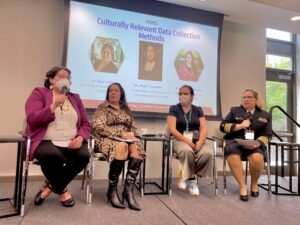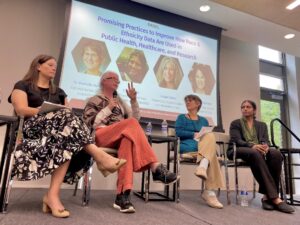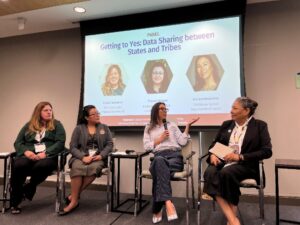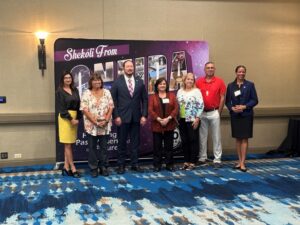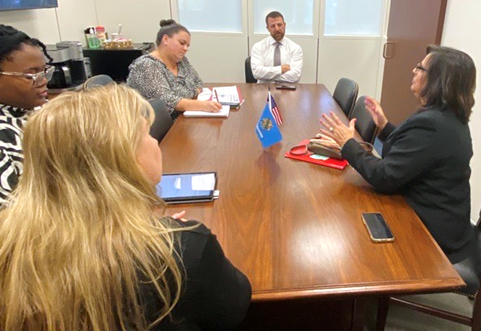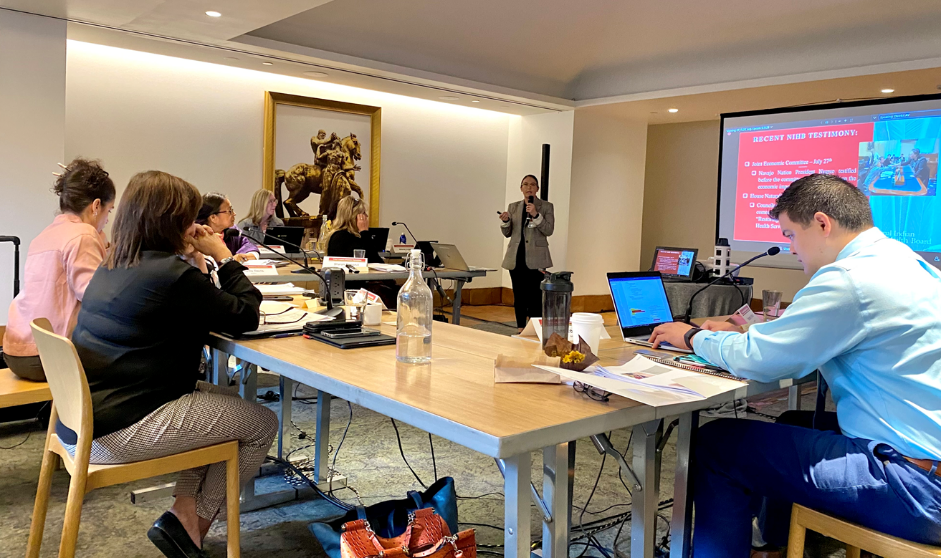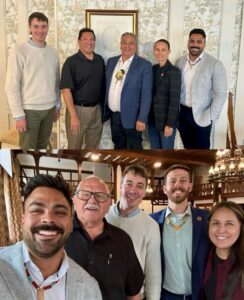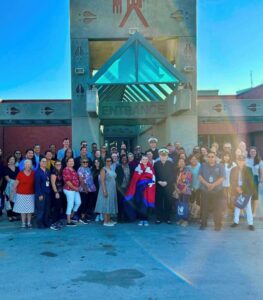On September 27th, The Senate Indian Affairs Committee held a hearing entitled “Water as a Trust Resource: Examining Access in Native Communities.”. The witnesses were Bryan Newland, Assistant Interior Secretary for Indian Affairs; Benjamin Smith, Deputy Director of IHS; Crystalyne Curley, Navajo Nation Council Speaker; Valerie Nurr’araaluk Davidson, Alaska Native Tribal Health Consortium (ANTHC) President; Kali Watson, Department of Hawaiian Homelands Chairman; and Heather Tanana, Universal Access to Clean Water for Tribal Communities project Initiative Lead.
Committee Chairman, Brian Schatz, called the oversight hearing to order, stating in his opening statement that “native households are 19 times more likely than non-Native households to lack indoor plumbing.” The Senate Indian Affairs Committee, Energy and Natural Resources Committee, and Environment and Public Works Committee coordinated hearing efforts to address the ongoing challenges communities everywhere are facing when it comes to clean water access.
During COVID-19, the consistent health and safety inadequacies that American Indians and Alaskan Natives (AI/ANs) experience were brought to light. Congress addressed water insecurity in Native communities through the Bipartisan Infrastructure Law and the Inflation Reduction Act. $3.5 billion went to IHS for critical water and sanitation infrastructure while $2.5 billion was used to fund existing water rights settlements and drought mitigation in AI/AN communities. Vice Chair Murkowski acknowledged in her remarks the vast amount of existing grants across several agencies that could be used for AI/AN communities but are not currently. Additionally, the Senator discussed the importance of including every committee related to this broad issue, including but not limited to the Agriculture Committee.
Ms. Davidson was asked specifically about the data currently available regarding operation and management needs for the Alaska region, and whether AI/AN communities could wait until IHS completes its own study and disburse their findings, which is unlikely to occur until FY 2027. Davidson responded by discussing the extensive data and feedback that ANTHC has already provided IHS but has not seen the light of day. Stating further that “from our perspective, we can either spend our limited time and resources to perfect another study and make that study perfect, or we can invest in what we already know works. And the data that ANTHC has previously provided is not an estimate. These are from real systems that exist in Alaska today. And so, we believe that the best investment would be to use those dollars to be able to fund a pilot project that would be able to extend and provide real information that the IHS could then build upon. And so, really, we have a choice to make. We can either fund another study or we can make an investment…”
To view a video of the hearing and read witness testimony, visit Senate Committee on Indian Affairs website. The National Indian Health Board is launching a Technical Assistance Center in conjunction with the Environmental Protection Agency’s Thriving Communities Network to connect Tribes with existing resources and opportunities around environmental justice issues, including water sanitation. The Technical Assistance Center will launch at the end of 2023.

